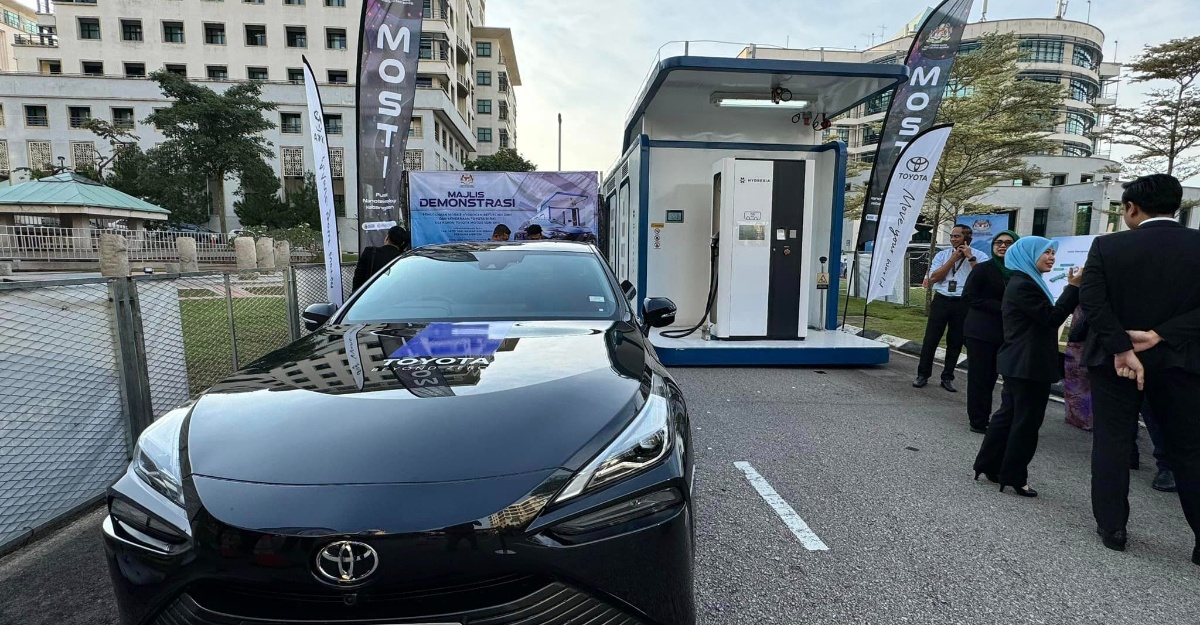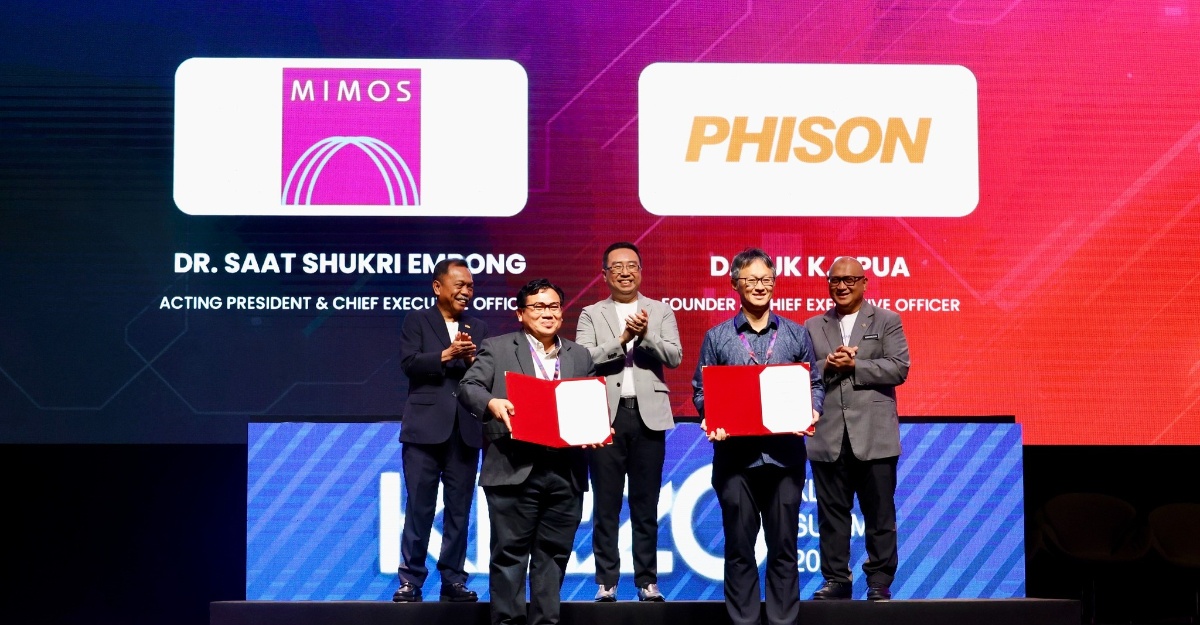“Hydrogen Revolution” by Shaun Kua
Hydrogen seems all the rage. In his Budget 2025 speech, Prime Minister Anwar Ibrahim highlighted hydrogen projects in Sarawak, Pahang & Terengganu. These are concrete results of the Hydrogen Energy Transition Roadmap (HETR) launched in June by the Ministry of Science and Technology (MOSTI) and a policy shift by the Sarawak state government.
Globally, over 50 countries have launched hydrogen policies this year alone. Bill Gates called hydrogen the “Swiss Army Knife” of decarbonization. Burning pure hydrogen produces no carbon emissions, just water.
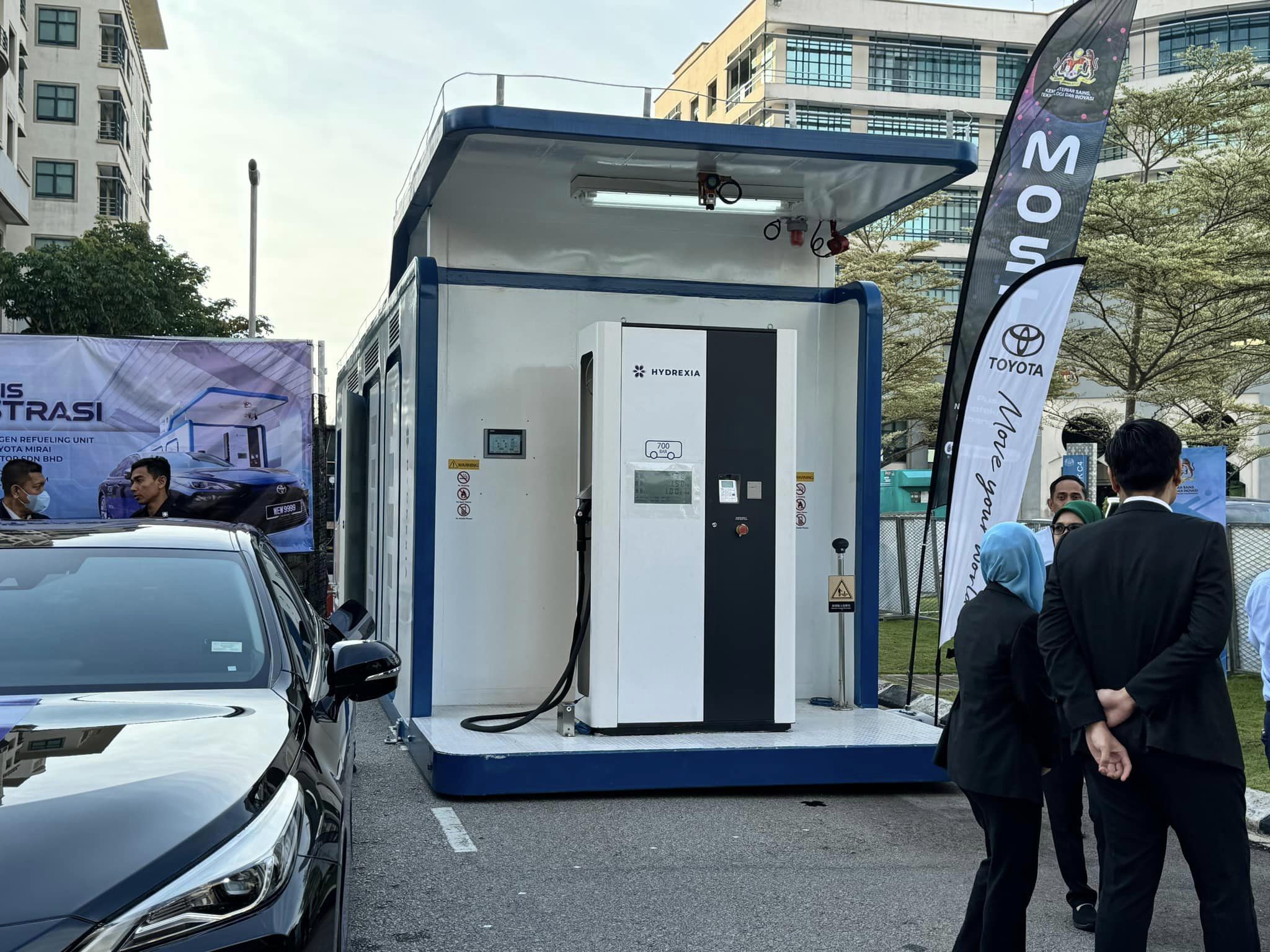
Mention hydrogen and most Malaysians would picture hydrogen cars. By end of this year, Kuching will have two “golden trains”, hydrogen-powered automotive rapid transit (ART) vehicles. MOSTI will have set up a mobile filling station as a technology demonstrator.
But, consumer mobility is not the full story. The hydrogen economy will have less visible but far greater effects on industry, technology, society and geopolitics. Just as the Internet has had an impact far beyond email, the hydrogen economy could be a quiet revolution.
Industry
As Canadian thinker Vaclav Smil suggested, modern civilization would not be possible, if not for four industrial “pillars”.
The first two – ammonia and plastics – already depend on hydrogen, via the Haber-Bosch process and hydrocracking steps in petroleum refining. Other present uses include the production of methanol and hydrochloric acid as well as hydrogenation of various oils and fats. Current annual global consumption already amounts to over 90 million tons of hydrogen.
In the future, manufacturing of steel, cement (Smil’s other two pillars), paper & aluminium could potentially burn hydrogen for high heat, instead of coke or natural gas.
The above current & future industrial applications will drive most of the 7 million tons of annual hydrogen production & RM560 billion of revenue projected by 2050 in the HETR’s baseline scenario. This will create almost 170,000 jobs and require RM201 billion in cumulative investment.
Logistics
Compared to the baseline scenario, the HETR also posits an “emissions-driven” scenario, with more aggressive reductions in greenhouse gas (GHG) emissions. In this scenario, the HETR seeks to promote additional use-cases in trucking & shipping.
While hydrogen fuel-cell cars face fierce competition from battery EVs, hydrogen has an advantage in heavy vehicles. The HETR contemplates possible subsidies for hydrogen fuel for commercial and heavy vehicles between 2030-2040, with an aim of 10-20% of new vehicles being hydrogen fuel-cell vehicles.

As for shipping, the HETR targets switching 10% of marine fuel to hydrogen in the form of ammonia, with a demonstrator project by 2030. This is part of a broader strategy to capitalize on
International Maritime Organization (IMO) initiatives to reduce sulphur and carbon content in shipping fuel by 2050, positioning Malaysia as a regional bunkering hub.
This more aggressive “emissions-driven” scenario estimates 16 million tons of hydrogen production & almost RM900 billion of revenue by 2050, requiring just over 210,000 jobs and a cumulative investment of RM577 billion.
Green Hydrogen
While burning pure hydrogen is carbon-free, pure hydrogen is very rare on Earth. Almost all current hydrogen production is “grey hydrogen”, the processes of which involves carbon emissions released to the environment. In steam methane reforming (SMR), methane reacts with steam to produce hydrogen and carbon dioxide. In electrolysis, water is split into oxygen & hydrogen using electricity mostly generated from the burning of fossil fuels.
For short-term production, HETR plans to promote “blue hydrogen”, that is, SMR-produced hydrogen, albeit with carbon capture, utilization & storage (CCUS) technologies to capture the carbon dioxide produced. In both the HETR’s baseline & more aggressive scenarios, almost all grey hydrogen will be phased out in favour of blue hydrogen by 2030.
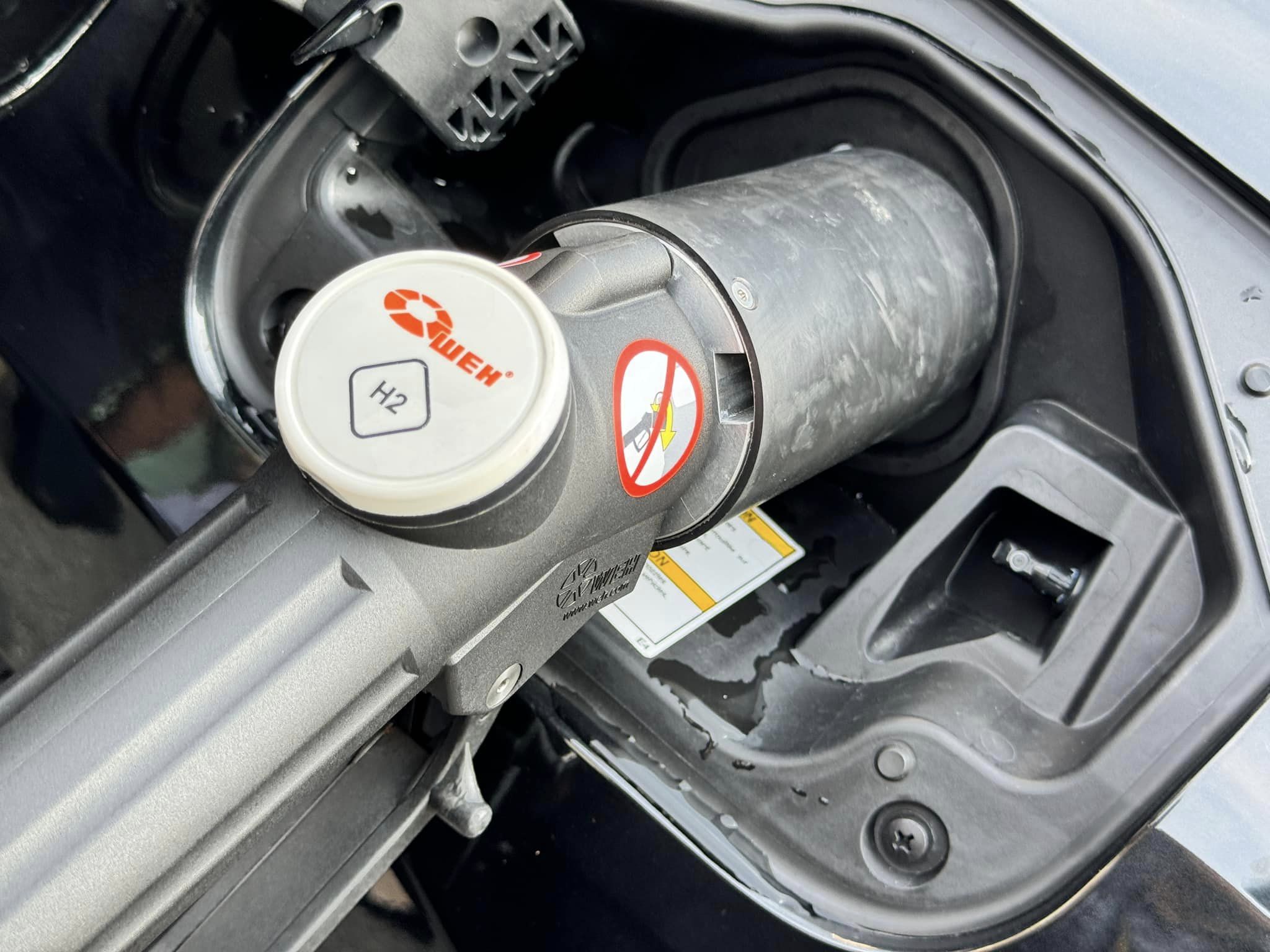
Adoption of “green hydrogen”, i.e. hydrogen from electrolysis powered by renewables such as solar & hydropower, is currently limited due to the low efficiency of electrolyser technology. The energy in the hydrogen produced from electrolysis is only about 60% of the input electricity.
The HETR and National Energy Transition Roadmap (NETR) seek to stimulate domestic electrolyser equipment R&D and manufacturing with financial incentives as well as knowledge transfer from foreign technology providers. With this stimulus and a looming US-China trade war, Malaysia could get a slice of the global electrolyser market, 60% of which is currently supplied by China.
By 2050, the HETR projects about 50% of production to be green hydrogen.
Hydrogen Delivery
The geography of the hydrogen economy will be fundamentally shaped by the nature of hydrogen delivery. While hydrogen holds 3 times the energy compared to the same mass of petrol, the equivalent volume is difficult to contain, store and transport. Hydrogen must be compressed to 180 times atmospheric pressure, liquified by cooling to just 20 degrees above absolute zero, or converted into other chemical compounds as carriers.
Thus, in the short-term, the HETR predicts mostly on-site off-grid production, close to industrial sites where hydrogen is consumed. In the medium & long-term, the HETR looks to develop pipeline and trucking infrastructure as well as 3 hydrogen hubs, 2 in Peninsular Malaysia & 1 in East Malaysia (most likely Sarawak).
As with production, commercially viable hydrogen delivery at scale will require efficiency increases of around 5-15% per decade until 2050. The HETR takes a Build-Some-Buy-Some approach to new technologies, with a National Hydrogen Fund to kickstart R&D & commercialization projects in the 2020-2030 period.
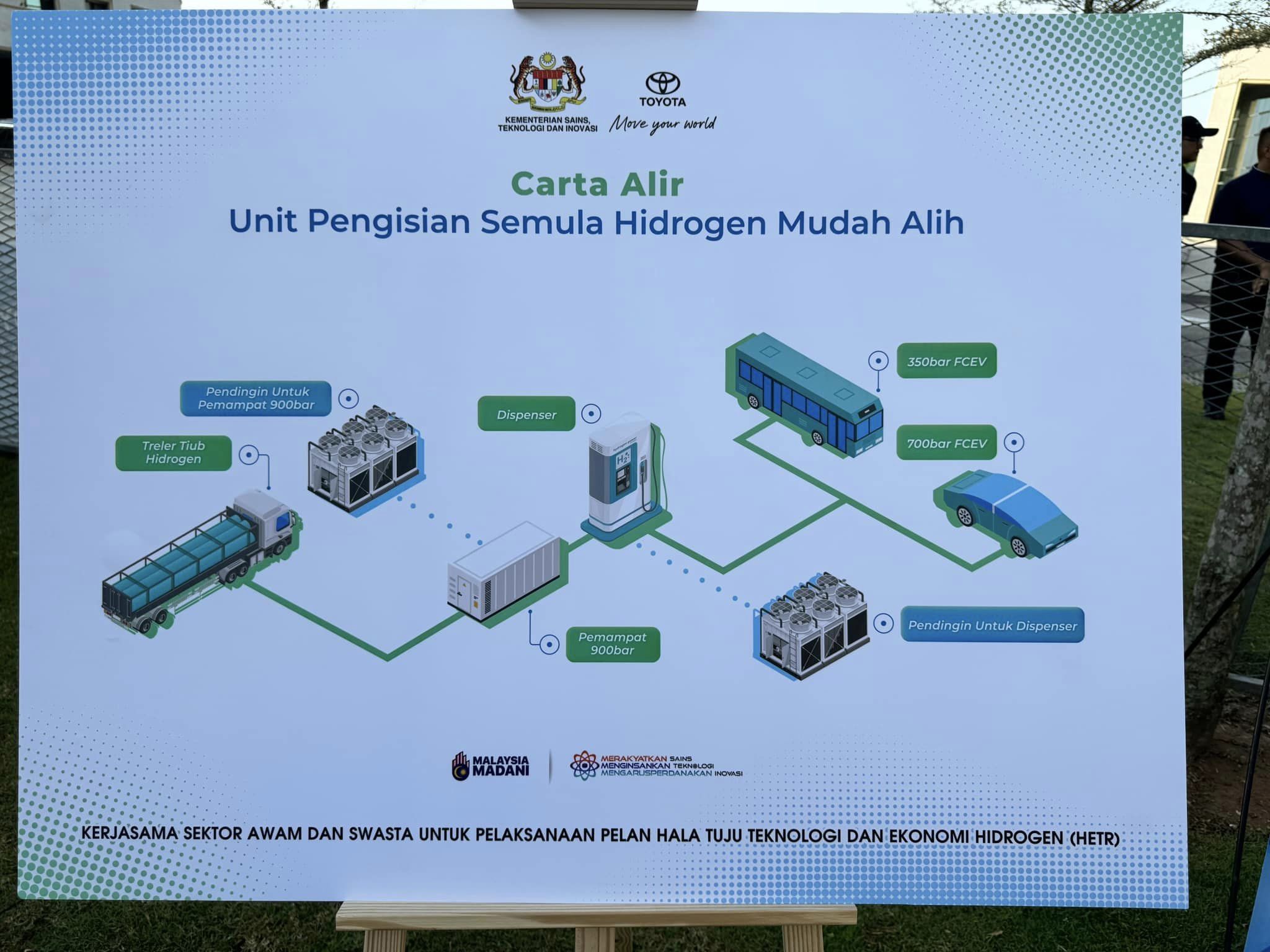
Global Energy Market
If the HETR gets the economics & the technology right, Malaysia stands to reposition itself in the global energy market. Japan, Korea & the EU will drive demand for green hydrogen. Malaysia will compete with countries like Australia & the Gulf States which are also abundant in renewable energy. Key differentiators will be availability of freshwater for electrolysis (desalination is energy- expensive) and build-out of infrastructure.
Most Malaysians are unlikely to see dramatic changes in everyday life. The hydrogen economy will co-exist with electrification and the latter will predominate in consumer applications. Hydrogen’s quiet revolution will happen under the hood in industry, technology, & trade.
Shaun is the founder of Mersawa Associates (mersawa.my), a political & public sector services firm, and Institut Merbau (merbau.my), a think-tank studying complex systems & phenomena in Southeast Asia.

